NASA Photos: The Evolution Of Manned Spacecraft In 5 Images
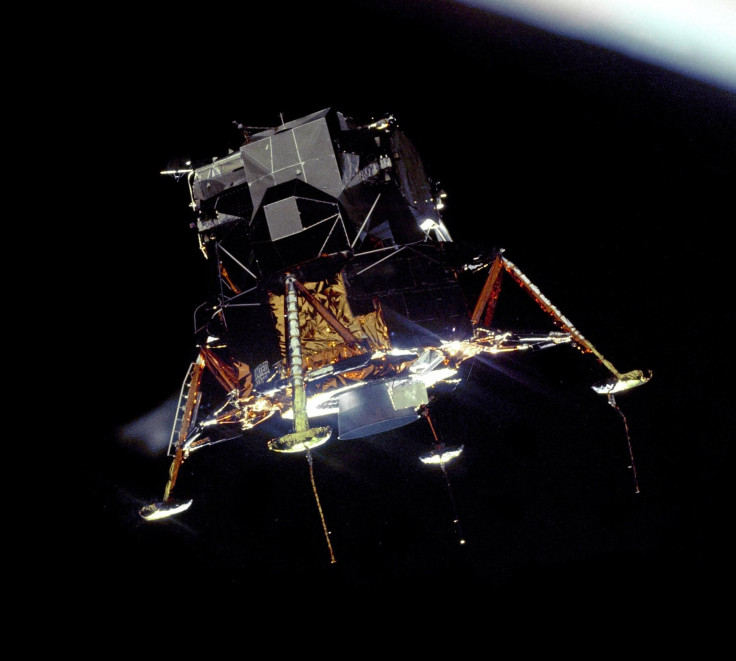
Spacecraft come and go but photos are forever. NASA has been building since 1958 — longer if you count its predecessor NACA, the National Advisory Committee for Aeronautics, which was founded more than a century ago. That’s a long time and a lot of rockets, probes and capsules.
Over the last several decades, technology has advanced dramatically. And it brought spacecraft along for the ride. The machines our first astronauts flew into space were vastly different from the ones they have taken up in recent years.
Lasting Friendship
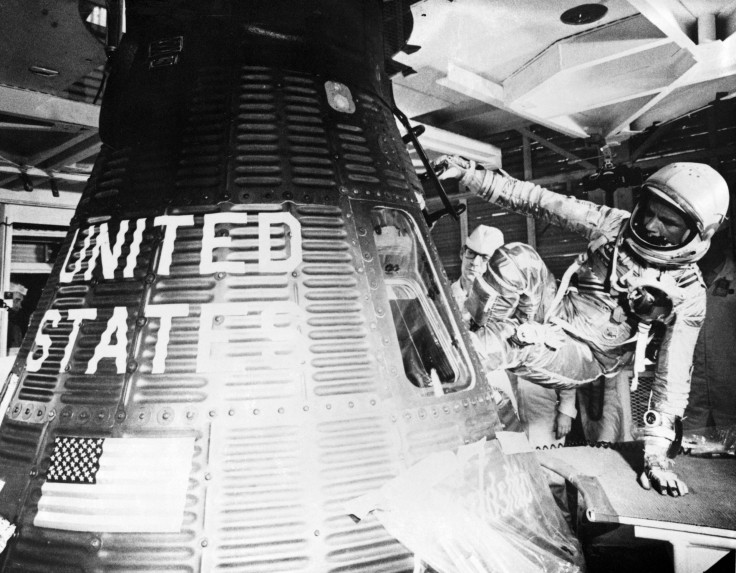
When John Glenn became the first American to orbit the Earth, he was flying in a Mercury spacecraft dubbed Friendship 7. The astronaut was the pilot of the Mercury-Atlas 6 spaceflight on Feb. 20, 1962. Glenn orbited the Earth three times on a flight that lasted almost five hours.
Fly like an Eagle
The lunar module that astronauts Neil Armstrong and Buzz Aldrin used to descend to the moon’s surface looks a bit like a science project to some people, but it was the height of technology in its day. On July 20, 1969, Armstrong and Aldrin made history when they opened the hatch of Eagle and climbed down its ladder, putting the first human feet on the lunar surface.
That Apollo 11 mission had launched four days earlier, on a Saturn V rocket. The command module Columbia was also part of the launch vehicle, and it stayed in orbit around the moon as the Eagle made its historic trip. Astronaut Michael Collins was piloting Columbia during that time. Armstrong and Aldrin spent a couple of hours on the surface, picking up samples and doing experiments, and almost an entire day on the moon.
For America
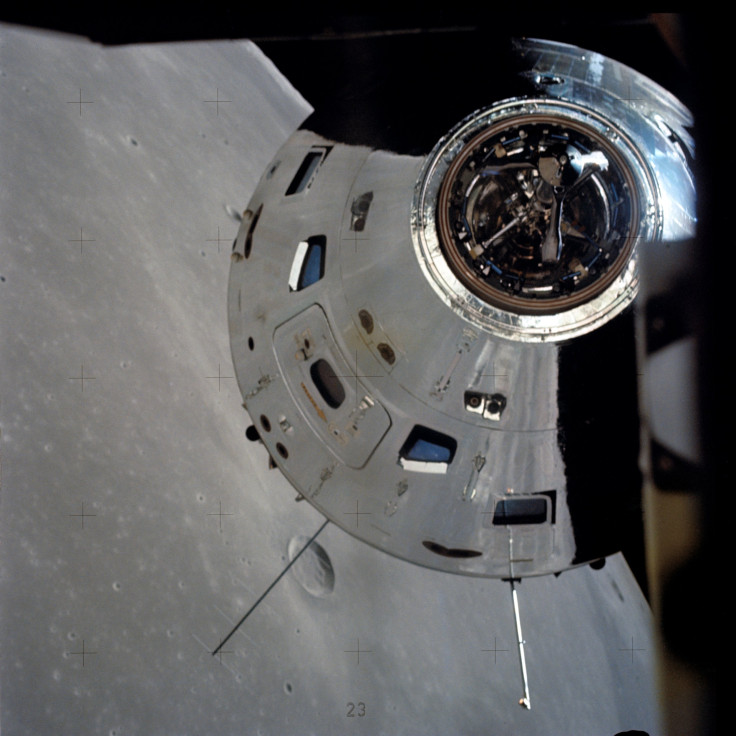
It was only a few years after the Eagle touched down on the moon that the final moon mission, Apollo 17, launched. In December 1972, the lunar module Challenger visited the moon and then went back up to rendezvous with the command module America. In this photo taken from Challenger, the surface of the moon is reflected on the side of America. Jack Schmitt and Gene Cernan were on the lunar module while Ron Evans stayed in the America. They explored the region of the moon called Taurus-Littrow.
From here to Atlantis
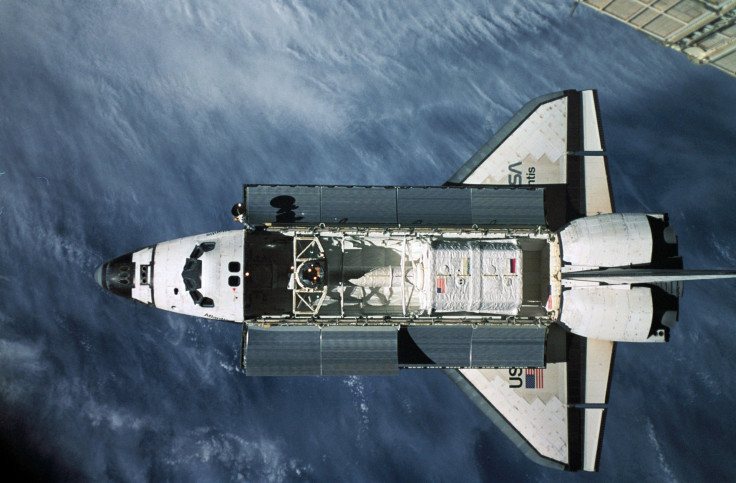
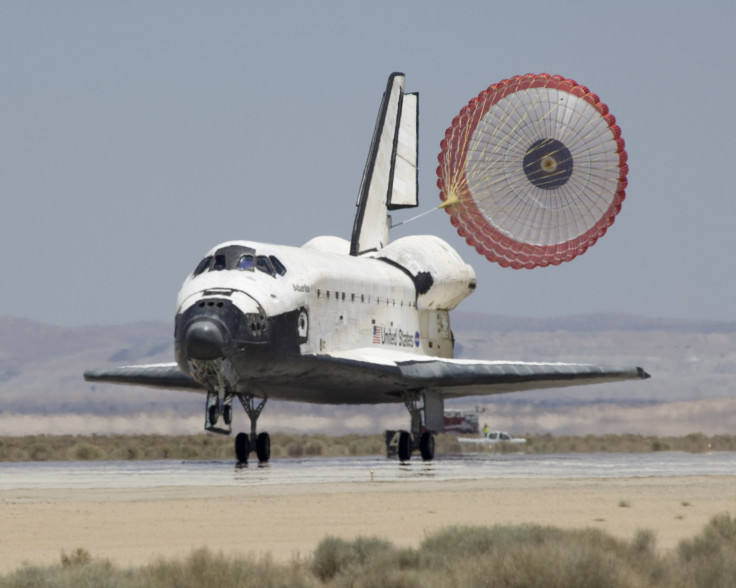
After the first big strides were made into space, the next step in manned spacecraft for NASA was a space shuttle. Among the fleet was Atlantis, which in September 1996 was docking with Russia’s Mir space station, connecting its cabin to the orbiting station. NASA was making its first crew exchange up there, as astronaut John Blaha was boarding to replace Shannon Lucid, who took the photo. NASA says that when the photo was taken, from Mir’s base block module, “several Atlantis crew members had their noses to the windows.”
The space shuttles were notable for landing similar to planes, as opposed to dunking into the ocean and requiring crew to rescue astronauts out of the water, called a splashdown.
The other space shuttles were Discovery, Endeavor, Enterprise, Challenger and Columbia. The latter two were lost in 1986 during a launch and 2003 shortly before landing, respectively.
© Copyright IBTimes 2025. All rights reserved.



















